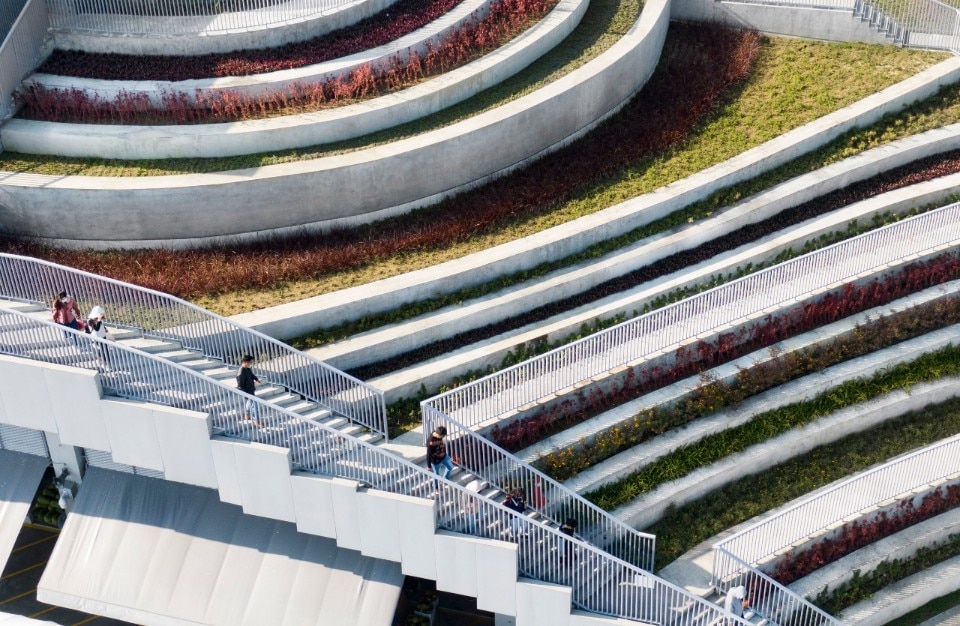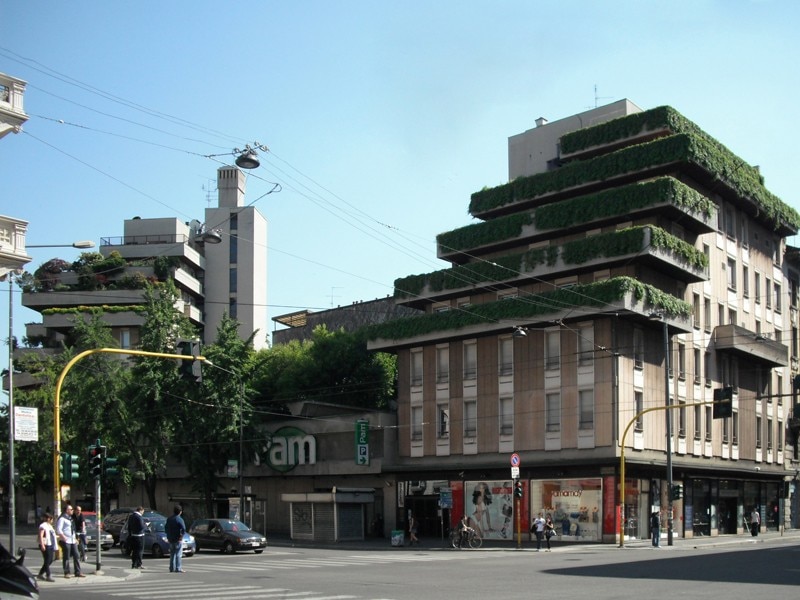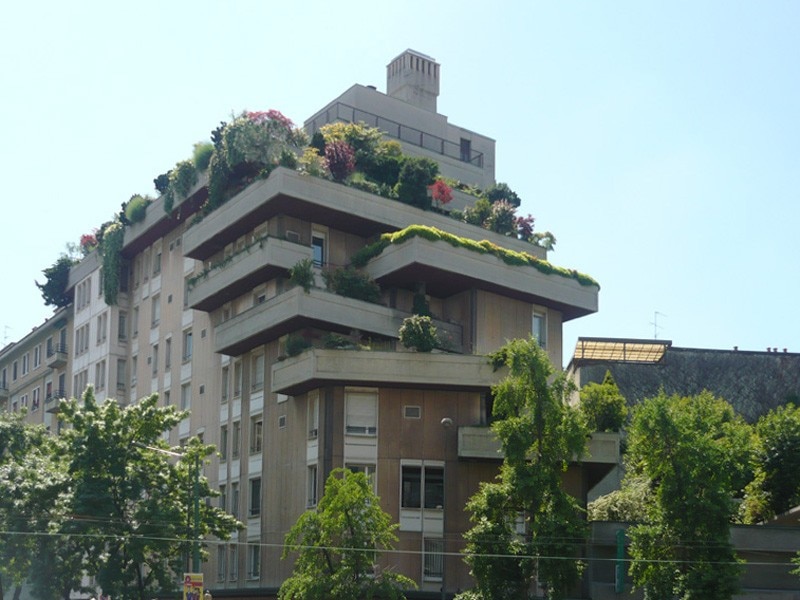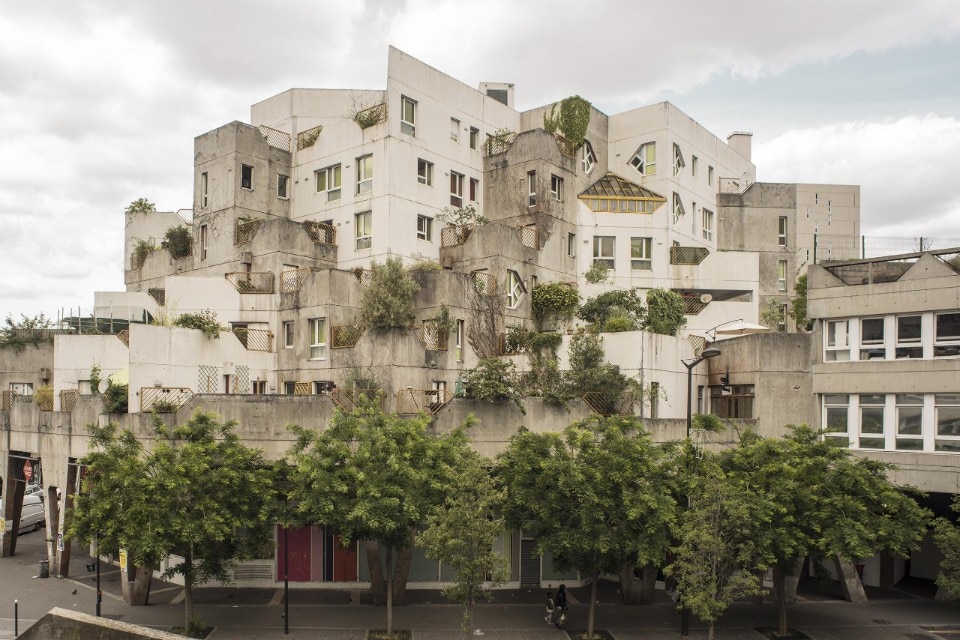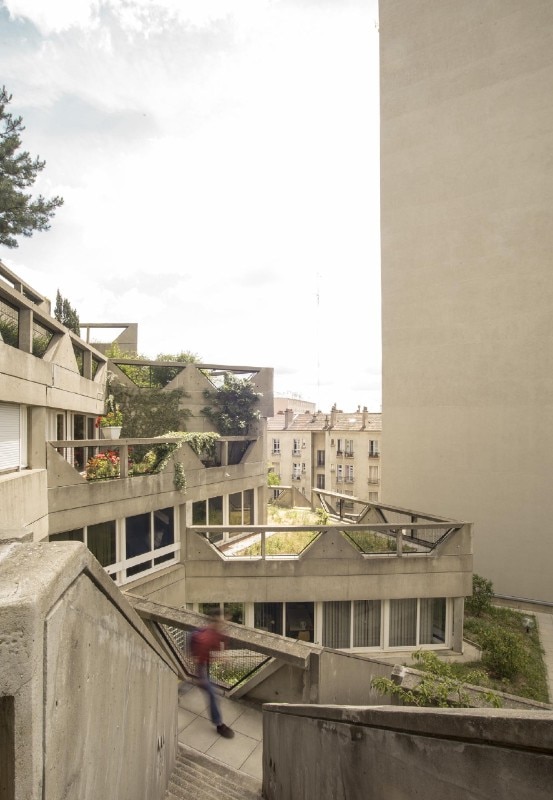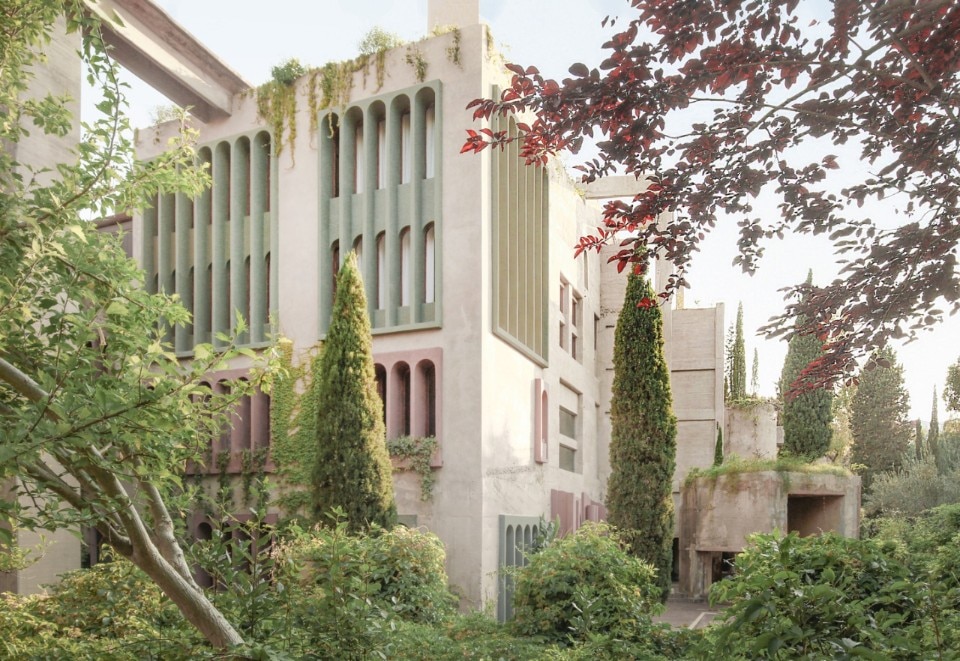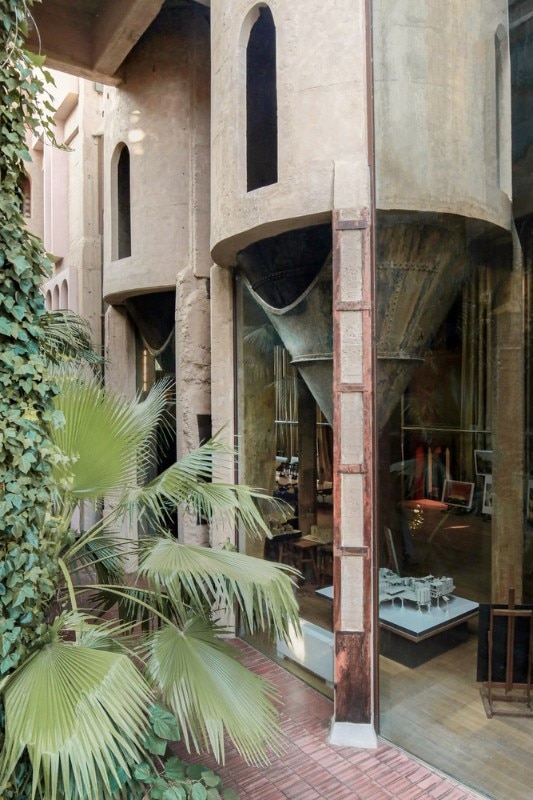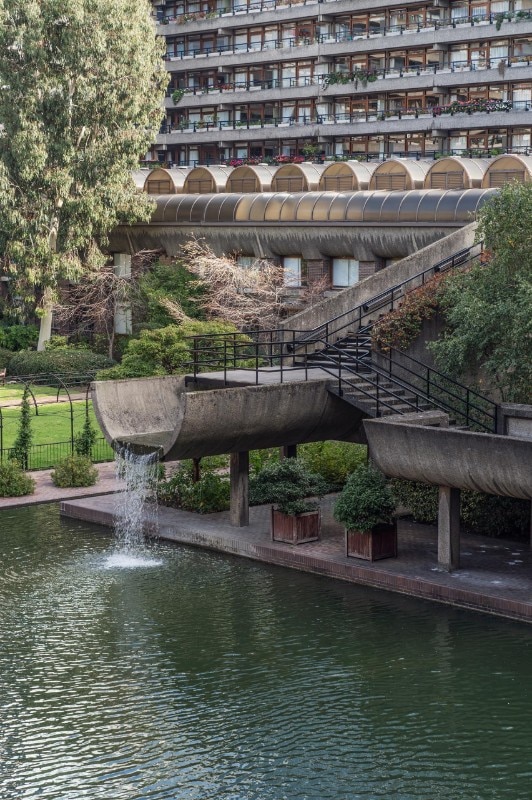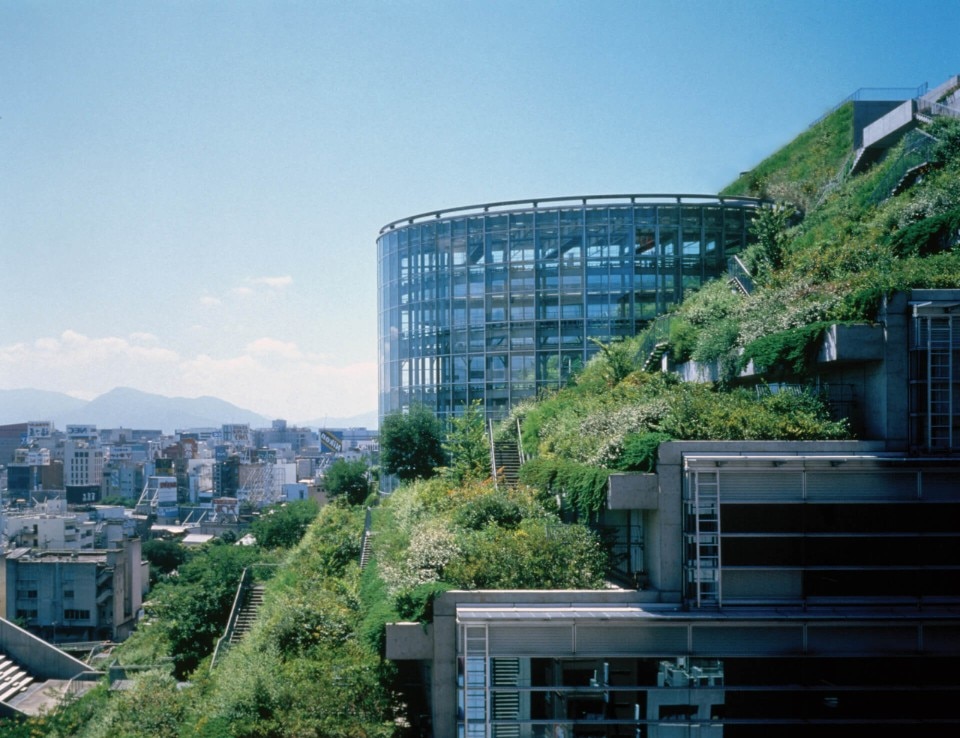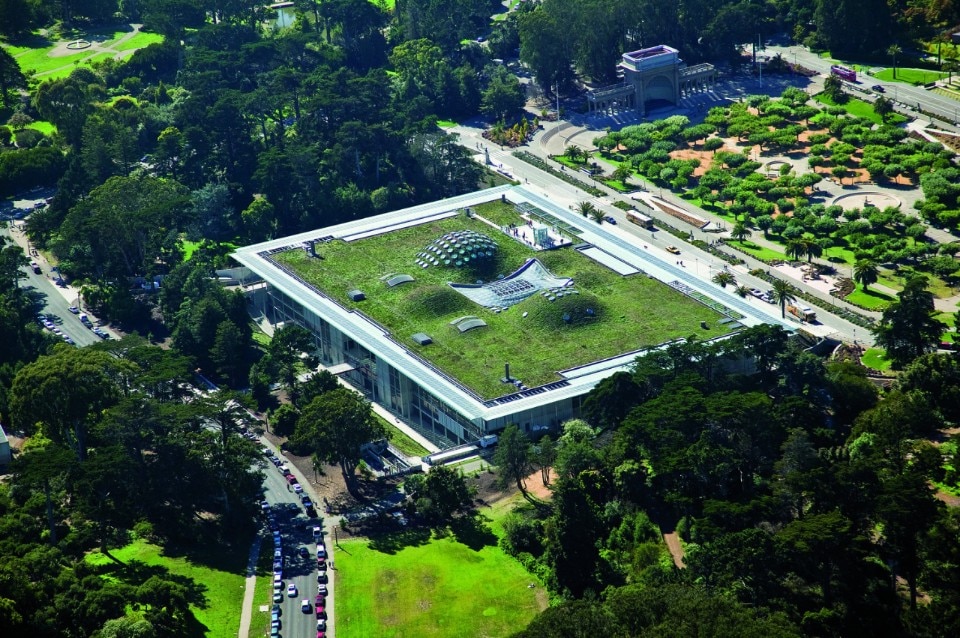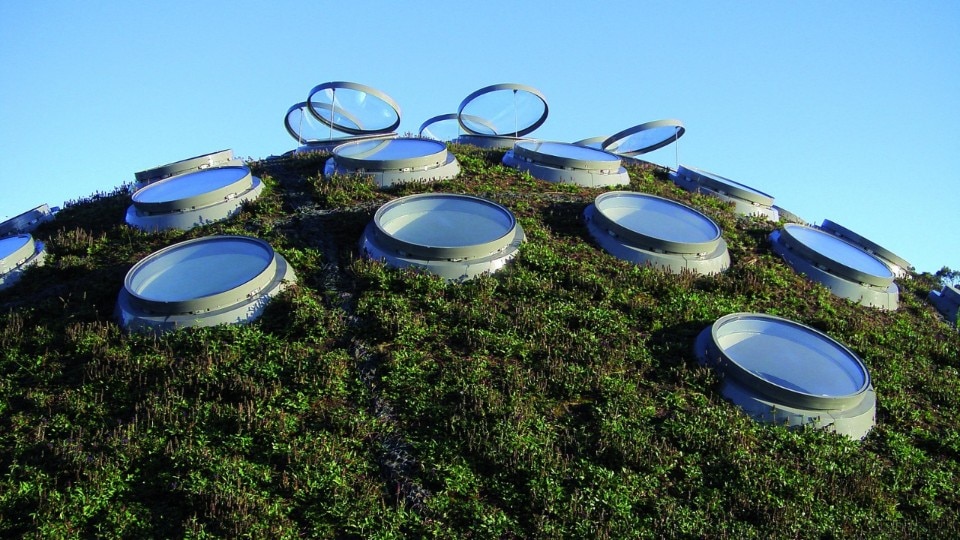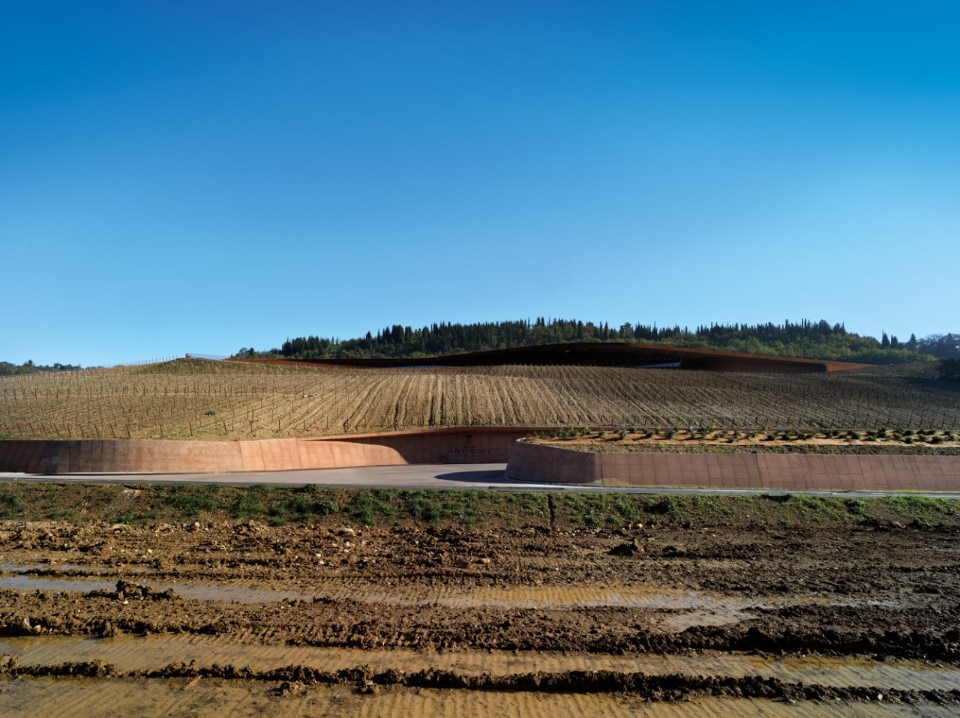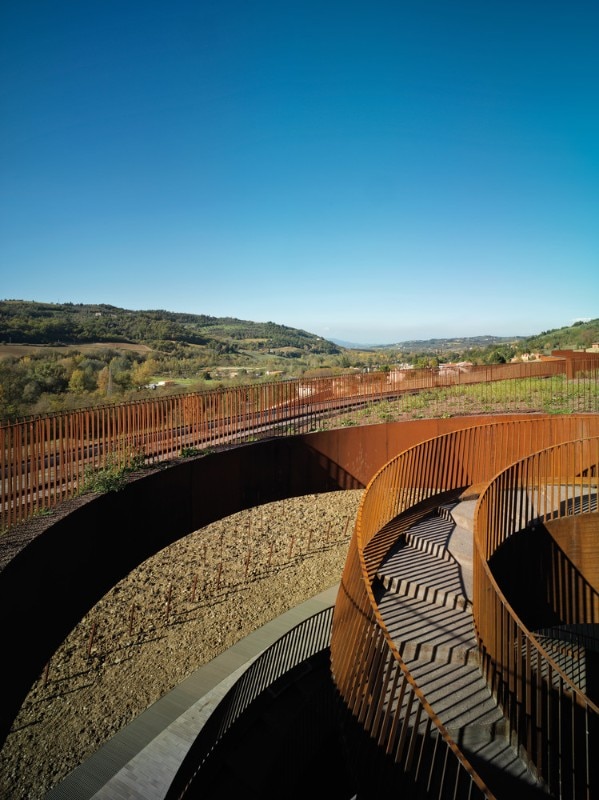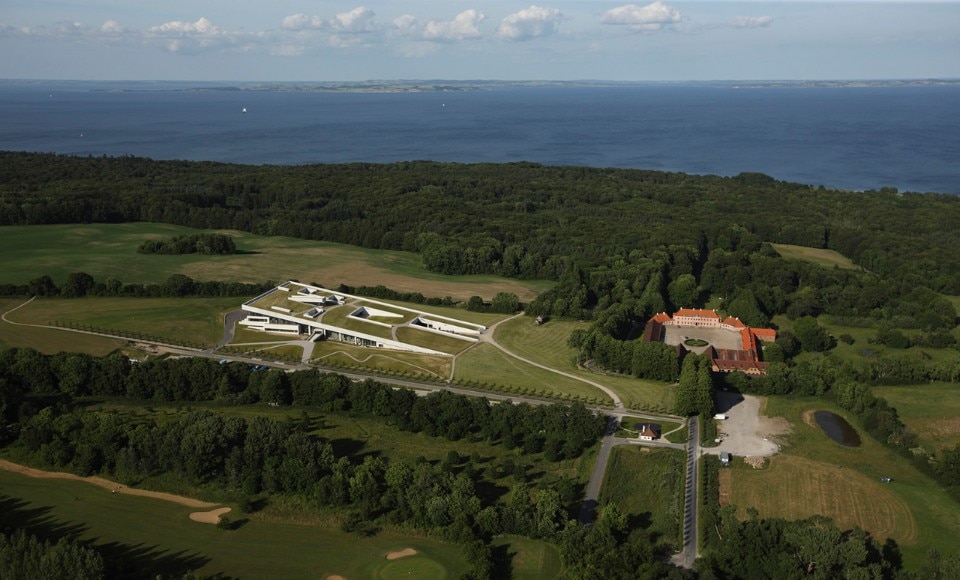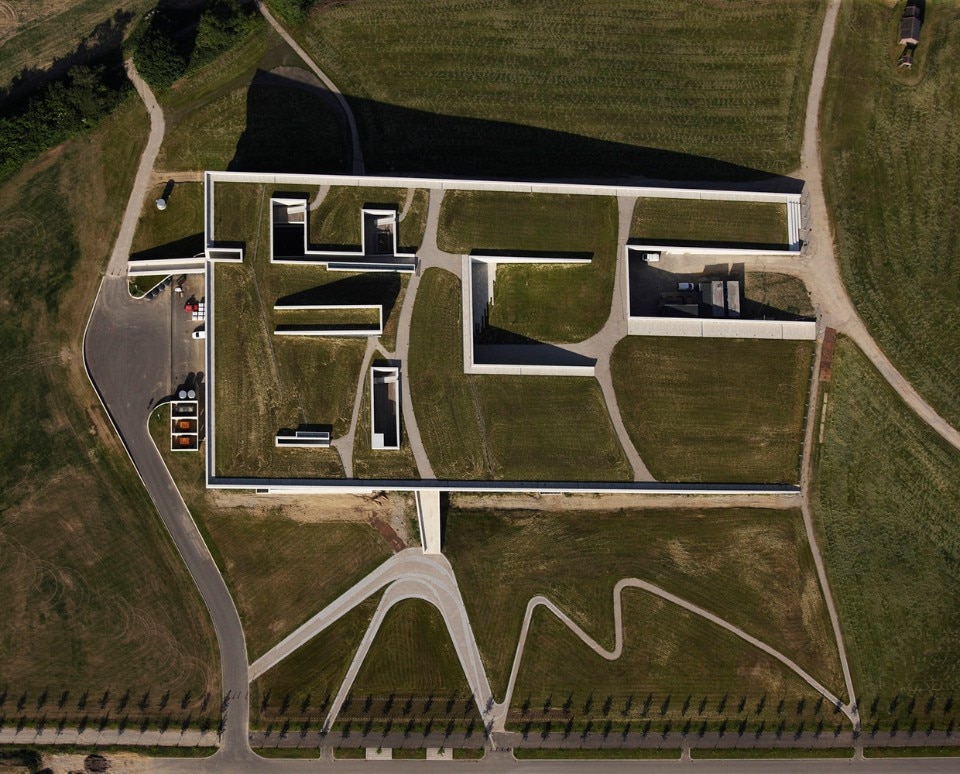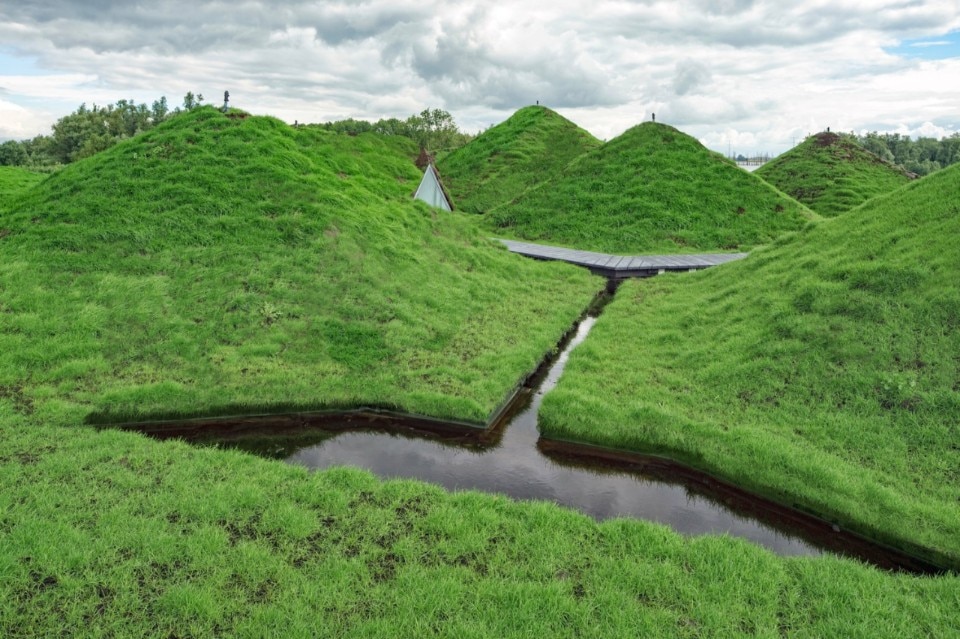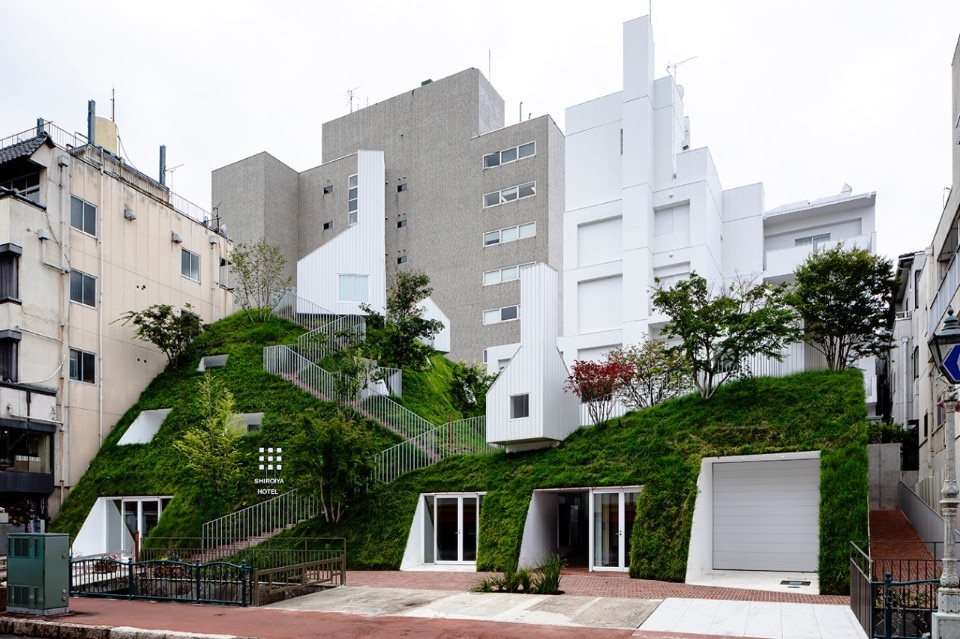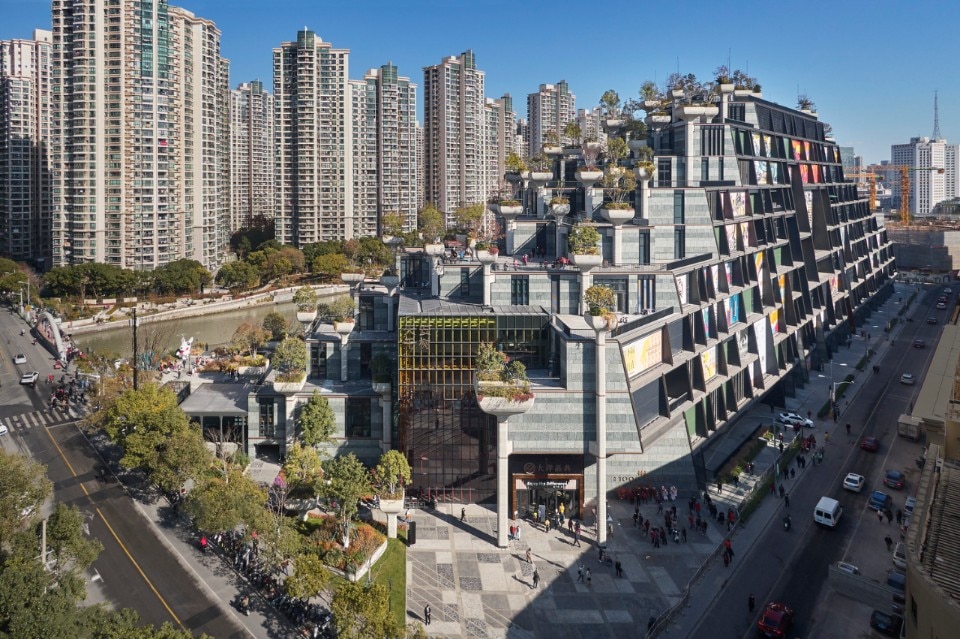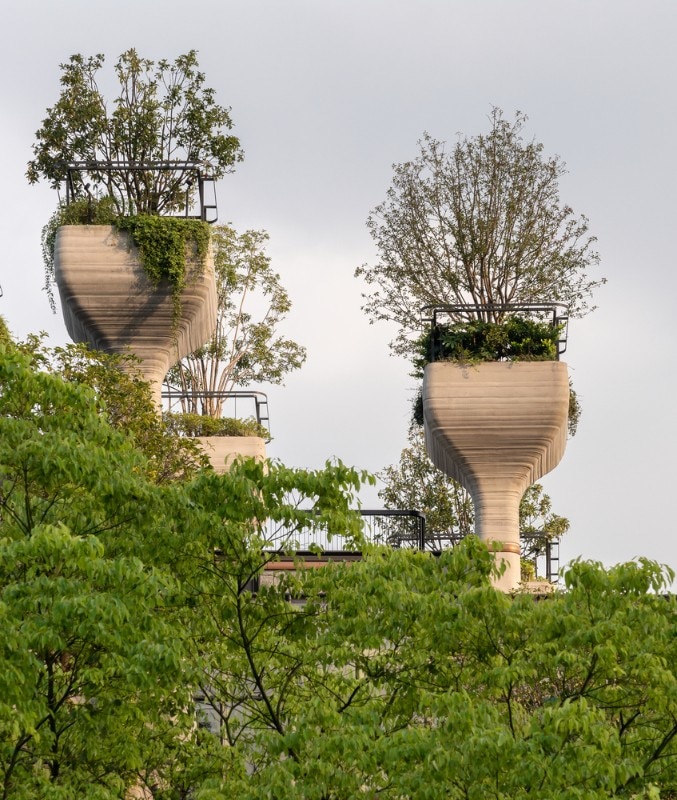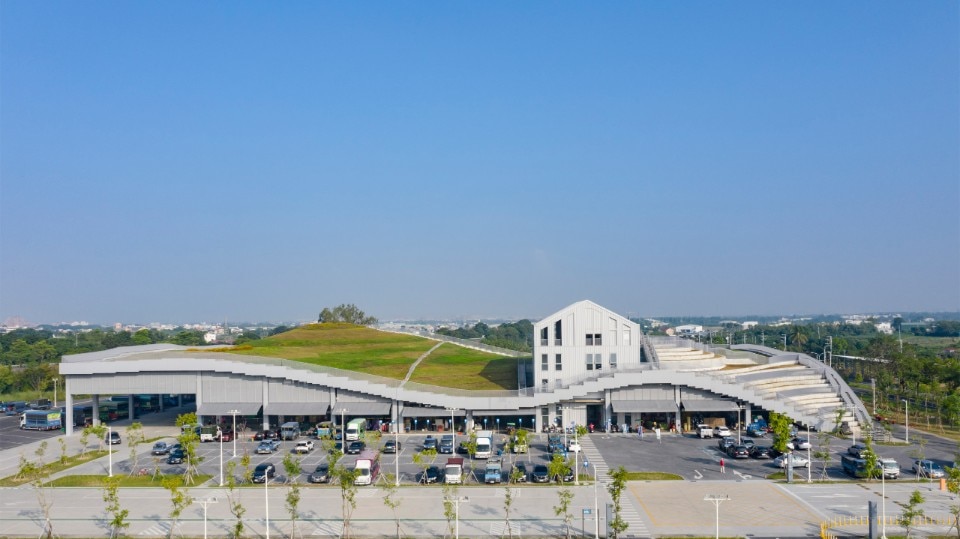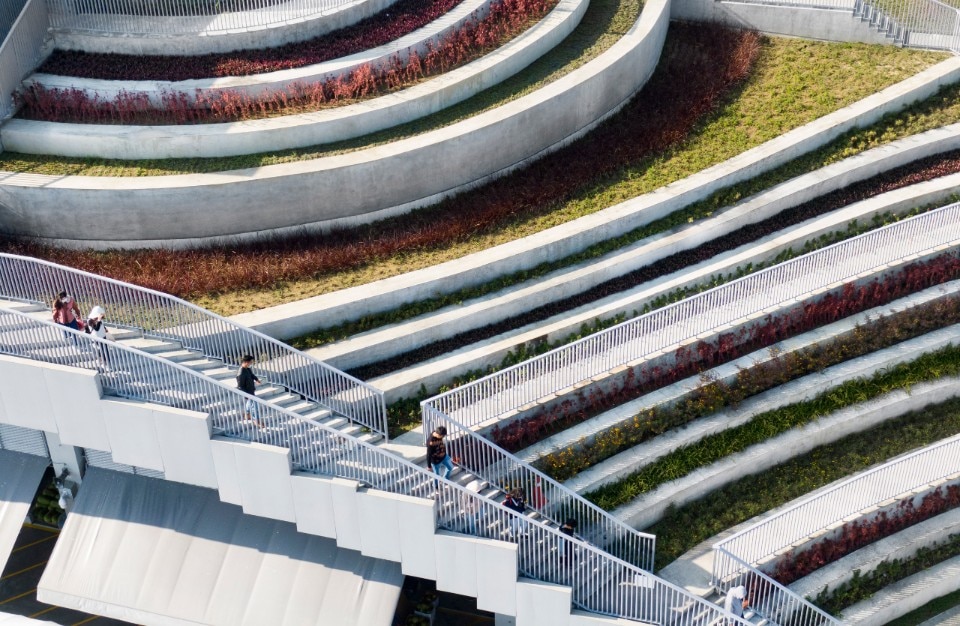Today, the topic of starting to actively use the roofing surface appears frequently in the ongoing dialogue about how to make architecture and the building industry more sustainable. In fact, green roofs are popping up on an increasing number of buildings around the world. Usually made with hardy varieties of succulents, grasses, wildflowers and herbs, planted roofs require numerous technical challenges – a typical section to allow proper plant growth would indeed require several structural layers, including an impermeable membrane and layers for drainage, insulation and filtration.

The benefits contribute to better stormwater management and reduce the effect of urban heat islands, as plants play a cooling role during the hot summer months. Green roofs can also be surprisingly effective against pollution, as plants' photosynthesis improves air quality. Because of their insulating effect that provides additional protection against solar radiation, green roofs can also reduce the amount of energy needed to regulate building temperatures, whereas conventional roofs lose heat in winter but heat up in summer.
But the rush toward these economic and environmental benefits, could cause people to lose sight of their compositional value within architectures. Incorporating greenery within the building structure has always been a challenge dear to designers, even before climate consciousness.
Through this collection we therefore review fifteen relevant examples, architectures that have been able to address the “green roof” theme in innovative and intelligent ways, from historical case studies to recently built projects.


